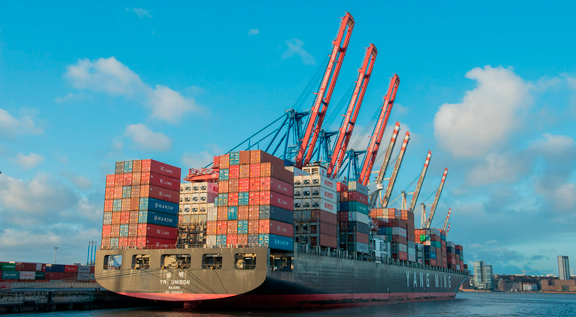
Image: Pixabay
A research tool for detailed information about agriculture, the Brazilian Agricultural Observatory launched, this Tuesday (16), another statistical panel: Agricultural Foreign Trade. The new solution provides an overview of Brazilian agribusiness in the foreign market in a practical and accessible way.
The Brazilian Agricultural Observatory systematizes, integrates and makes available a set of data and information on agriculture and livestock in the country - and also worldwide -, providing support for decision-making and public policy formulation processes.
Within the panel, the user can easily view the numbers that represent trade in one of the most important segments in the country. The platform also offers numbers of agribusiness imports and exports, consolidated by Agrostat (Brazilian Agribusiness Foreign Trade Statistics System), and also of inputs, expanding the possibilities of crossing and visualizing data.
Maps, graphs and tables cover the volume and values sold by place of origin and destination markets, sectors, subsectors, products and other information for researchers, students and those interested in the sector.
The new panel's database is sourced from the Integrated Foreign Trade System (Siscomex), of the Ministry of Economy, and Agrostat, belonging to the Ministry of Agriculture, Livestock and Supply (Mapa). The data will be updated monthly with each release by the sources.
Highlight on fertilizers
In this first version, only fertilizers were grouped together in the input group. Brazil is currently responsible for around 8% of global fertilizer consumption, ranking fourth, behind only China, India and the United States.
Fertilizers are defined as mineral or organic substances, natural or synthetic, which perform the function of providing nutrients necessary for the development of plants, from germination to the production of fruits and seeds.
The input is linked to the possibility of increasing agricultural productivity, when the application is carried out in a conscious and balanced way, according to the needs of each crop and each type of soil.
According to data from Siscomex, which can be obtained from the Observatory, in Brazil, between 2013 and 2021, there was an increase of almost 50% in the volume of fertilizers delivered to the national market, from 30.7 million tons to 45.8 million tons, as a reflection of the increase in agricultural production and productivity.
Despite this, inputs are mostly supplied by the external market. In 2021, 85% of fertilizers came from Russia, China and Canada. In this context, public managers seek actions and strategies to reduce external dependence on the supply of fertilizers for the domestic market, such as, for example, the National Fertilizer Plan.
The Plan aims to strengthen policies to increase the competitiveness of production and distribution of fertilizers in Brazil in a sustainable way.
{module Form RD}
Exports
Brazilian agribusiness exported, from January to July this year, US$ 93 billion, an increase of 29% over the same period last year. In addition to the large volume exported, a highlight is the rise in international prices for agricultural products, especially corn and soybeans, which reached the highest levels in history.
It is estimated that the country should export in 2022, just the soybean complex (oil, bran and grain), a record value of US$ 59 billion, whereas in 2021 this value was US$ 48 billion, according to Siscomex.
The agribusiness trade balance to date has reached US$ 84.5 billion, with growth of 33% over the same period last year.
Source: DATA












